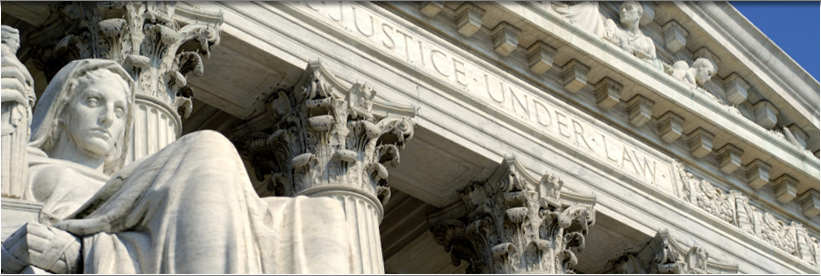Amazingly, only 10% of bicycle accidents involve a collision with an automobile. Of those bicycle accidents involving a car, over 50% of them occur at an intersection. Accordingly, is of the utmost importance to follow all the rules of the road, as that is your best guarantor of safety. A cyclist is considered a vehicle and must follow the same rules of the road as all motor vehicles.
Here are a few tips to stay safe on the road: first, wear colorful, high visibility clothing, and ensure that you have lights on the front and back of your bike to grab the attention of drivers. Second, allow cars to proceed first, even if you have the right of way. Third, assume that other vehicles do not see you. Many drivers can “zone out” while driving, rendering you all but invisible. Finally, if you are riding on a sidewalk or bike path be even more careful at intersections, as cars will not always anticipate you being there.
What NOT to do following a bicycle accident:
Following an accident, cyclists almost always do the following, ultimately hurting themselves and their cases. Be sure not to:
- Move. This is so important: do not move, unless you must in order to avoid further injury (e.g., if you’re in the middle of the road and are fearful that another car might strike you). Try to stay still after an accident, as moving could aggravate or worsen specific types of injuries, especially those involving spinal injuries.
- Decline medical treatment. Following an accident, you may not realize the extent of your injuries, or that you are injured at all. For example, you may have suffered a concussion, but feel only a dull headache, which you might write off as a natural consequence of your accident. It is always worth your while to have a medical professional check you over, just to be safe. It is important not to wait to seek treatment, but to do so immediately after an accident. If you seek treatment several days later, the other party will try to argue that your injuries occurred after the accident. Protect yourself, and your case, and see a doctor!
- Forget to get a list of witness names. If anyone saw the accident – get their name and contact information. Obviously, the more people who can vouch for what happened and who bore responsibility, the better. Too many times, a case will turn on whether there is a reliable witness. Don’t let your case devolve into a “he said/she said “situation.
- Fail to document your injuries with pictures. Given the abundance of phones at the ready these days, there is no excuse NOT to document your injuries. Get pictures of the scene, your bicycle, and your own injuries. The more pictures, the better!
If you have been involved in a bicycle accident, the Law Offices of Stuart Plotnick can help you fight for your rights. Call today for a free consultation, 301.251.1286.

